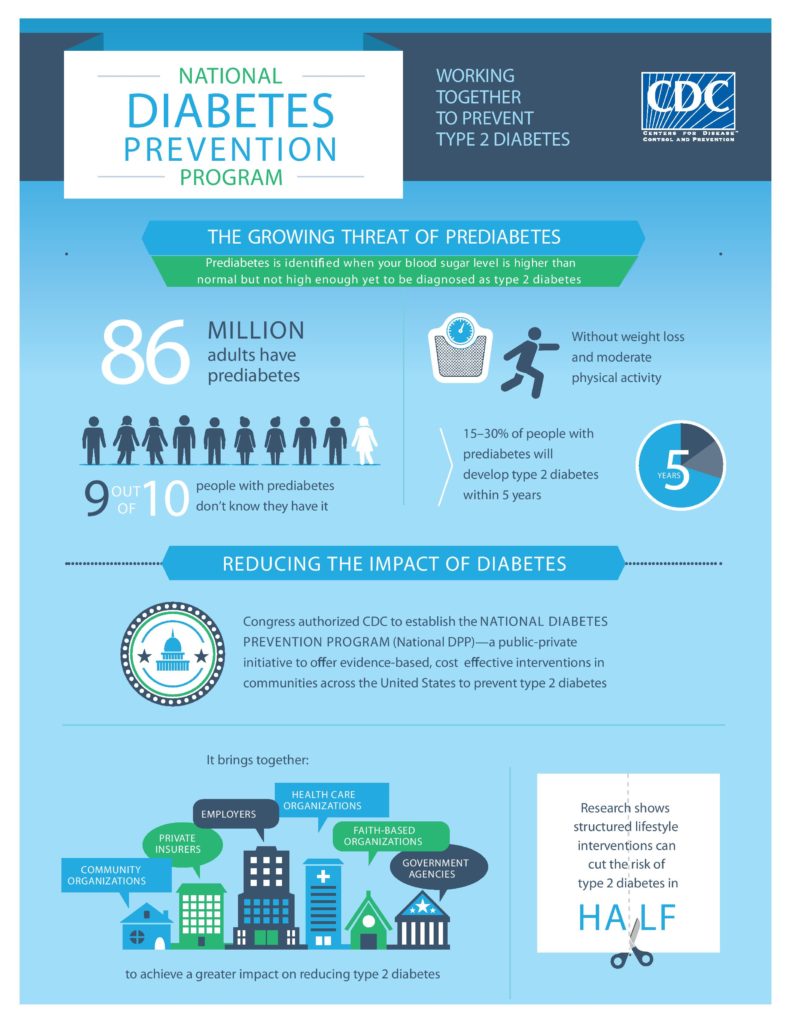
A Layman’s Guide To Blood Sugar Levels
What do you know about blood sugar levels? Depending on your experience, you may associate them with kids who have had way too much candy and are frantically running around the house. Or, if you suffer from diabetes, you probably think of regularly jabbing yourself with a needle to make sure you don’t need to immediately consume a candy bar.
It can be a confusing topic if you don’t know the terms or what normal levels look like. That’s where we come in. In this article, we’re going to give you the what and why of blood sugar. We’re going to dive into what causes blood sugar levels to get high or low, and what what a normal blood sugar level should look like.
Consider this a layman’s guide. It won’t give you every detail (you really should talk to your doctor), but it will guide you through the major points and help you understand what to keep an eye on.
Let’s get started.
What’s The Difference Between Sugar and Glucose?
What comes to mind when you think of sugar? Probably the white granular stuff that you would secretly eat when you were a kid, right? But it’s actually more complicated than that. Sugar is the general name given to sweet carbohydrates that dissolve in water.
There are a number of different types of sugars. Your body most frequently uses glucose. Fructose is found in fruit and lactose is found in milk. When you guzzle a big glass of milk or eat an apple, your body takes the lactose or fructose and converts it to glucose. Once everything is converted to glucose, your body can use it for energy.
Starches, like those found in white bread, are sugars stuck together and are converted by your body into glucose.
So far so good, right?
Now, this is important. When people say “blood sugar”, they mean “blood glucose”. The terms can be used interchangeably.
If you really want to be annoying, you can correct them every time they say, “Blood sugar,” and then proceed to give them the above explanation. You probably won’t have many friends after that.
How Is Blood Sugar Measured?
Now we need to discuss how blood sugar is actually measured. In the United States, blood sugar is measured in terms of milligrams of glucose per deciliter of blood (mg/dl). Why couldn’t they put it on a simple 1 to 10 scale or something like that? Because scientists wouldn’t be able to feel important.
But that’s beside the point.
A milligram is a tiny, miniscule amount, around 0.00018 of a teaspoon. A deciliter is only 3 ⅓ ounces.
In Canada and the United Kingdom, they measure things on a different scale. Of course they do. In the United States they do everything differently.
Canada and the UK measure blood sugar in terms of millimoles per liter (mmol/L). If you happen to be reading a comment or study from those countries, you can multiply the numbers by 18 to get the American numbers.
So, to recap:
- In the United States, blood sugar is measured in terms of milligrams per deciliter (mg/dl).
- In the UK and Canada, blood sugar is measured in millimoles per liter (mmol/L).
Still with me?
What Are Normal Blood Sugar Levels?
Now let’s talk about normal blood sugar/glucose levels.
First, the levels will vary throughout the day. If you’ve been fasting or just woke up, your levels should be under 100 mg/dl.
Before a meal, your levels should be somewhere between 70-99 mg/dl. Two hours after meals, your levels should be less than 140 mg/dl.
To state the obvious, eating increases blood sugar levels. After you eat, your blood sugar levels will be higher than before you ate. Failing to eat causes the levels to fall.
How Does Diabetes Affect Blood Sugar Levels?
To break down sugars and turn them into glucose, your body uses insulin, which is produced by the pancreas. In a person with diabetes, the pancreas either produces too little insulin or none at all. Or, the body is unable to use insulin effectively.
When this happens, blood sugar levels rise and the body is deprived of the energy it normally would receive from glucose.
If you have diabetes, the American Diabetes Association recommends that you keep your blood sugar levels between 80-130 mg/dl before meals and under 180 mg/dl 1-2 hours after meals.
Ideally, you should try to keep your blood sugar levels close to those of a person without diabetes because it will protect your body against the complications often caused by the disease.
But (and this is crucial), you have to carefully measure and monitor your diet to accomplish this. This is possible but it probably means gorging yourself at the local Chinese buffet is out.
What Happens When Blood Sugar Levels Get Too High Or Low?
Is it really a big deal if glucose levels get too high or too low?
Yes. It really is.
If your glucose levels get too high, you’ll start to get inflammation in your blood vessels and nerves. The longer this inflammation goes unchecked, the more damage it causes to the body and the more complications it creates.
Those without diabetes are able to keep their glucose levels in check automatically through the production of insulin. If you have diabetes, however, your pancreas isn’t producing insulin properly, which means glucose levels can quickly get too high or low.
If your blood sugars fall too low, a condition called hypoglycemia sets in. This can result in dizziness, confusion, and fainting.
The moral of the story? If you have diabetes, you really MUST regularly monitor your blood sugar levels. If they get out of control, it can cause serious damage to your body, or even death.
How Can You Monitor Your Blood Sugar Levels?
Okay, this is where things get a bit annoying for those who have to monitor blood sugar levels.
One option is to regularly use a fingerstick blood test, which involves pricking yourself with a tiny needle and then using a little strip and a glucose meter to test your blood sugar levels.
If the thought of needles sends you into a sweaty panic, you have the option of a continuous glucose monitor (CGM). A little sensor is inserted under the skin and constantly monitors your blood sugar levels to ensure everything is where it should be.
Neither of those options are particularly fun, but they’re better than the alternative, which is having wildly varying blood sugar levels.
The frequency of testing depends on your circumstances. If you take a fast acting insulin, you’ll want to test regularly. If you take the wrong amount of insulin, your blood sugar can drop too low, which can cause you to get dizzy, confused, or faint.
You don’t want to faint. Especially when driving a car and/or skydiving.
If you have Type 2 diabetes and aren’t taking insulin, it’s up to your doctor on how frequently you will need to test. If you’re trying to keep your blood sugar levels within a tight window, you’ll want to test in a variety of circumstances to see how they affect your body.
For example, test after eating a big meal, after exercising, and after sleeping. Keep records so you can compare these different situations.
If you make any big changes, such as taking a new medicine or beginning a new diet, pay close attention and always tell your doctor.
How Can Diabetes Be Managed?
Thankfully, diabetes isn’t the end of the world. Yes, it may mean you can’t eat an entire box of Milk Duds at the movie theater, but if you follow a few specific guidelines along with the instructions from your doctor, you’ll be okay.
- Pay attention to what you eat. Eat well-balanced meals and pay careful attention to how many carbohydrates you consume. Avoid sweetened beverages (sorry soda lovers) and be sure to carefully coordinate your meals and when you take any medications. Natural foods such as Aloe Vera may lower blood sugar.
- Ketogenic Diet – Many at risk individuals see great results when doing the ketogenic diet for a few months. (and here are a few ketogenic breakfast recipes for you)
- Exercise regularly. Consistent physical activity causes your body use insulin more effectively and causes your muscles to use glucose. Talk to your doctor about an exercise plan.
- Take medication with the help of your doctor. If you can’t manage your levels through diet and exercise, you can take insulin and other medications. Work closely with your doctor to ensure you’re getting the right medicine.
- Avoid stress when possible. Stress can cause a rise in blood sugar levels and can also make it tougher to stick to your carefully planned diet and exercise routine. If you regularly encounter stress, be sure to learn effective coping techniques.
- Be careful with alcohol. When your liver is metabolizing alcohol, it can’t counteract falling blood sugar levels. Talk to your doctor to make sure it’s okay for you to drink.
Conclusion
See, that wasn’t so bad, was it? Now you understand blood sugar levels, how to manage them, the consequences of not managing them, and how to manage diabetes.
Yes, it can be a pain to carefully monitor your levels, but it’s important for those with diabetes. Failing to do can create significant long term effects that can seriously damage your body.
Now, go eat that candy bar you’ve been craving. Or don’t. Measure your levels first and do what is best for your body.
This article originally appeared at https://www.vitamonk.com/blogs/news/guide-to-blood-sugar-levels and has been reused with permission.




